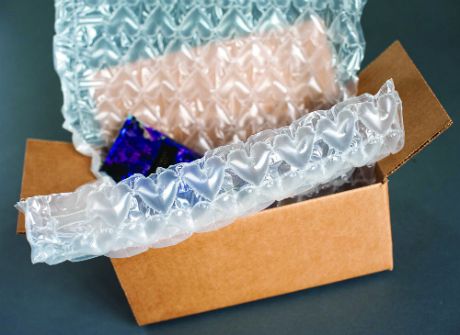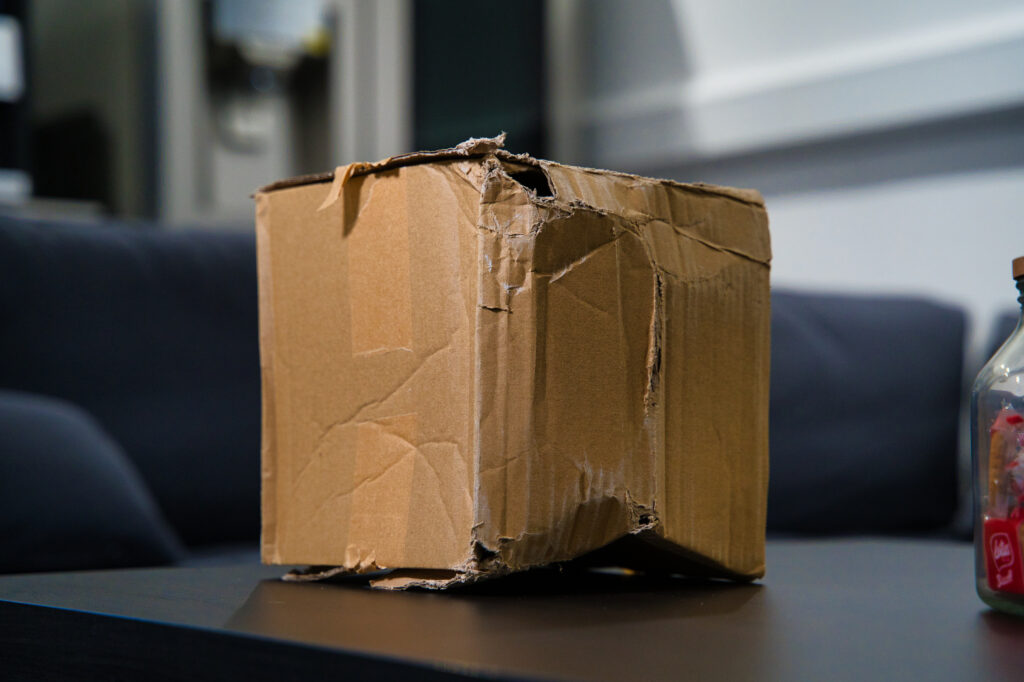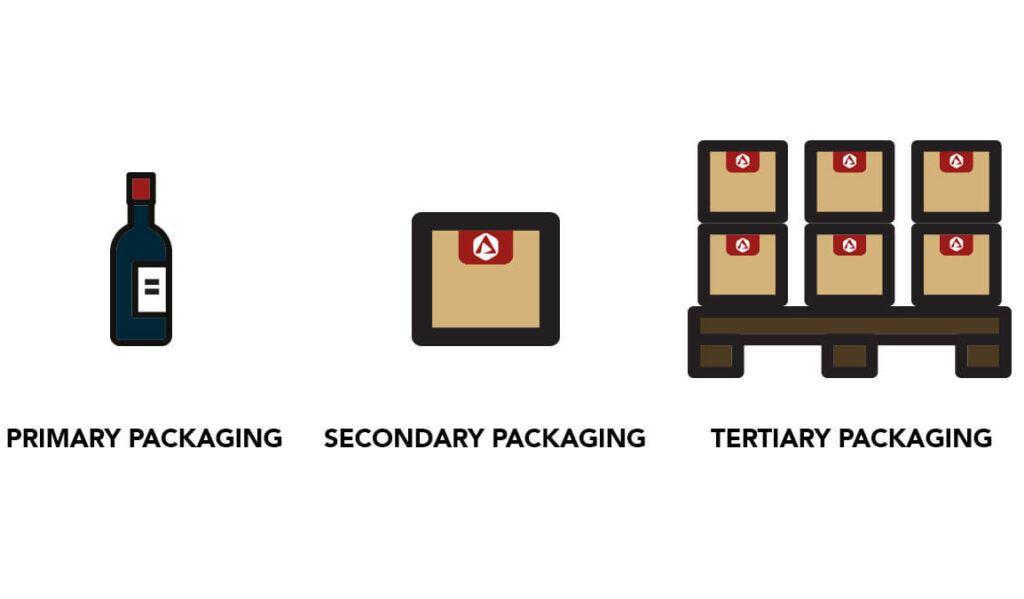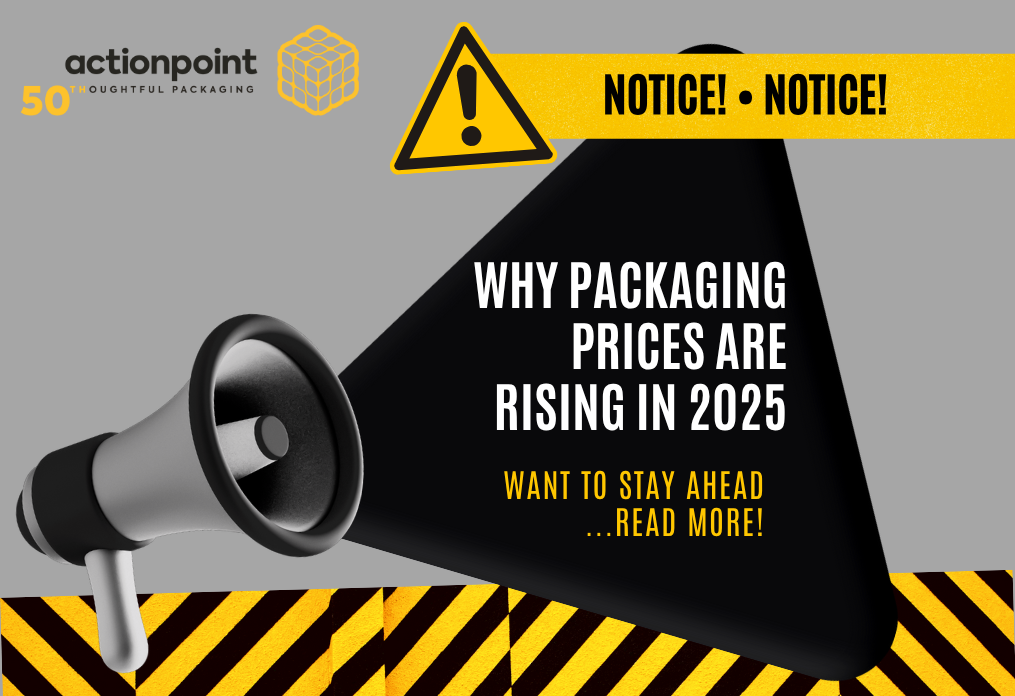There are several challenges facing those providing packaging for the growing e-commerce market but Tony Corbin finds that many are rising to them and reaping rewards

Last month, Packaging News covered the subject of millennials as a consumer demographic. In the article Lineup Studios founder Angela Spink said about ‘Generation Y’: “They communicate digitally, socialise digitally and form thoughts and opinions through crowd sourcing digitally.” No doubt these millennials, born in the 1980s, will also shop digitally and their response to the idea of spending hours on the high street physically browsing stores would be more ‘generation why?’
It’s not just millennials who are leading the shift towards online shopping of course. Only the most staunchly technophobic over-40s refuse to shop online these days. In accordance, there have been advancements in e-commerce packaging although it had been the national press and social media whipping boy of packaging prior to the blanket coverage of plastic. Stories about purchasing a tea spoon that arrived in a giant box and several reams of paper became almost as much a part of Christmas as those about Scrooge.
The UK e-commerce industry is certainly not shirking the issue while plastics take the heat. “Amid the growing pressure on manufacturers and retailers alike to scrap the use of plastics in their packaging, the UK’s e-commerce industry – the third largest in the world – is certainly adapting to include more sustainable packaging,” says Andrew Smedley, head of e-commerce and logistical packaging at Antalis.

“This includes the wider use of solutions, that not only minimises the overall amount of packaging businesses use by cutting down on excessive packaging and void fill but also makes the most of sustainable materials that can be easily recycled.
“For example, we’ve seen greater demand for our Geami WrapPak – a premium wrapping system that offers an eco-friendly, cost effective and aesthetically-pleasing alternative to traditional bubble wrap.
In addition, there is also an increasing array of sustainable solutions on offer from our suppliers including Sealed Air and FP International in the form of air cushions which are 100% recyclable.”
Box-to-box
Even if the tabloid-friendly over packaging stories fail to mention the potential to reuse the material, the industry knows that recyclability is key in this category as Rob Carle, head of sales, e-commerce at DS Smith’s UK Packaging Division explains.
“Making our resources last as long as possible is our overall goal and corrugated packaging in particular is an essential part of a closed loop recycling process that minimises waste,” says Carle. “In fact, more than 80% of corrugated packaging in the UK is recycled, a higher rate than for any other major packaging material.
“At DS Smith, we can go from box to box within 14 days with our closed loop model, which allows cardboard boxes to be made, used, collected, recycled, and made back into cardboard boxes again, from start to finish in as little as two weeks.”
The corrugated giant also has a solution to help reduce void fill. “On average, 55% of each box is empty and this is inefficient and means businesses are paying to transport air. To meet this challenge, at DS Smith we have pioneered Made2fit, a new piece of technology that enables us to create right-size packaging and reduce void space.”

Similarly Antalis has also introduced a number of solutions for businesses looking to minimise waste by cutting down on excessive packaging and void fill, such as the I-Pack corrugated automated packing system, a machine that measures the height of the contents in each box and then reduce its size to match by folding down the box flaps.
Jabil Packaging Solutions has also been very active in producing sustainable e-commerce pack solutions. Joe Stodola, the company’s chief commercial officer says: “Our brand customers are actively seeking ways to support their sustainability promises to the market and packaging is a key focus area for obvious reasons. The push is all around Reduce, Reuse and Recycle. We believe sustainability can be a powerful area of e-commerce or ‘Direct to Consumer’ progress and it can be achieved in a number of ways. Auto-replenishment allows for subscription models and automated re-order of a given product. ‘Sent through the mail’, avoids travel to a retail outlet to purchase and also may involve device to consumable options that enable minimised consumable packaging when coupled with the device. It also helps to reduce the primary packaging and secondary packaging associated with direct to consumer today, which bears far deeper consideration in the whole auto replenishment discussion. Replenishment is fulfilled through Amazon or another means, but the opportunity for support of an omni-channel model is desired by most brands.
“In an e-commerce model, core packages may be reused and replenished with a package that supports minimised packaging (for example, in beauty, a pump dispenser that may be replenished with a flex pack of lotion – allowing only the smaller and more sustainable flex pack to be replenished to refill the primary dispenser.)
“Then there’s a ‘concentrates’ model. Working much like the above scenario, this time in a cleaning product example, the core spray bottle would be retained and provide multiple use – requiring only small dispensers of concentrate to be replenished as a snap in to the core bottle. When mixed with household water, the combination would provide a sustainable solution that only requires shipping of small concentrate pods – not a full spray bottle full of water.”
Also focused on minimising packaging, Gaye Tate, managing director at Mosca Direct, industrial packaging machinery specialist, comments: “We take the three strands of being economical, sustainable and efficient very seriously throughout our business. The use of plastic strapping as a packaging material and a means for securing goods for transportation, exemplifies sustainability as it requires very little product and is one of the most minimal forms of packaging available. It ensures that transported goods are secured using only a small amount of plastic material, meaning less packaging waste and ultimately, less impact on the environment. Mosca’s high-quality energy efficient machines require minimal energy during use, so the whole application process is highly resource efficient. In addition, Mosca’s PP strap is manufactured in a climate-neutral process and is fully recyclable.”
High street response
At the beginning of the year there were indications that the high street was fighting back with some success. The parcel and home delivery experts ParcelCompare reported that the growth in internet sales, which have been propping up retail for many months, fell back sharply in January with year on year growth of just 9.1% – e-commerce was growing at 19.2% in January 2017.
ParcelCompare’s head of consumer research, David Jinks MILT, says: “At first sight internet sales are certainly losing their lustre. Office of National Statistics retail sales figures show e-commerce accounted for 16.5% of all UK retail sales in January, down from 18% in December.’
However, Jinks adds, “Before the high street starts heaving a sigh of relief, remember that in January 2017 online e-commerce sales were only 15.8% of total sales, so the relentless rise in e-commerce is still continuing, albeit at a slower pace this month.”
The more recent faltering of Toys R’Us and Maplin is a further suggestion that any sigh of relief would have been premature. However, high street and online shopping should never been seen as mutually exclusive as DS Smith’s Carle points out. “The lines between in-store and online retailing are blurred and omni-channel retailing is here to stay,” he says. “Retailers should consider how packaging can work across all channels, and whether efficiencies can be made throughout the supply chain by streamlining their packaging options.”

It’s most likely that those retailers who have been too slow or reluctant to tap into the online revolution will be the ones feeling the pinch. “With online sales continuing to rise year-on-year, this has given way to the ‘pallet to parcel’ revolution and retailers that haven’t successfully embraced e-commerce have certainly struggled,” says Antalis’ Smedley. “As more and more businesses switch to a ‘bricks to clicks’ mentality, we are set to see retail stores evolve to become showrooms for customers who will inevitably go home and order online.
“As such, in the absence of brick and mortar stores, e-commerce packaging now plays a greater role in helping retailers to create an impressive unboxing experience at home, which is why we’re seeing the continued growth of solutions that combine greater protection with bespoke, personalised brand design.”
“What this e-commerce revolution is doing, is moving the ‘first moment of truth’ for a brand from in-store to the home,” adds Carle. “In the past, brands would use many tactics to impress and connect with the consumer in-store. With the rapid increase in phone technology, purchasing decisions are made quicker and easier than ever before. Whether at home, in the office or on the go, it is vital that companies consider how their packaging can enhance the overall shopper experience.
“This is especially important when you consider that 68% of consumers expect a consistent cross-channel experience and 81% find products in-store before going online for the best price.”
With online shoppers likely to be very active on the internet and increasingly using smart phones to make purchases, Jabil believes e-commerce packaging could be an ideal platform for smart packaging opportunities.
“The ‘digital shelf’ allows for powerful opportunities to engage the consumer in promotions that support special offers and auto replenishment opportunities,”explains Stodola. “Smart packaging also provides tremendous value in the value chain, supporting direct engagement with the consumer to provide untold insight into buying patterns, consumer preferences, opportunities for replenishment, etc.”
Optimising performance
Smurfit Kappa explored the part that packaging can play in boosting online sales to over 150 of its customers in a recent e-commerce event at the company’s Global Experience Centre in the Netherlands. During the week-long event, the packaging leader launched an array of innovative new concepts and services designed to optimise performance in the rapidly growing e-commerce sector.

The approach of omni-channel shopper centric design was introduced where, in a structured approach, proven packaging design techniques were presented showing how they drive sales across every channel and key shopper missions.
The concepts and services showcased throughout the week are all part of Smurfit Kappa’s eSmart service which has been designed to guide companies through the challenging e-commerce landscape.
“Our e-commerce event took a holistic view of the e-retail sector. Exploring how packaging can enable growth in online sales is a topic that is relevant to a very broad group which was clear to us when the event booked out so quickly,” says Arco Berkenbosch, Smurfit Kappa vice president of innovation and development.
“All the conversations we had during the week reinforced the fact that people want to take a data-driven approach to demystify all the aspects of the e-commerce packaging world. They know that it makes good business sense to use the tools and technology which have been built to cater for all the demands of this growing sector.”
The key players in the packaging industry clearly recognise that this growth is set to continue.
Source: Packaging News




